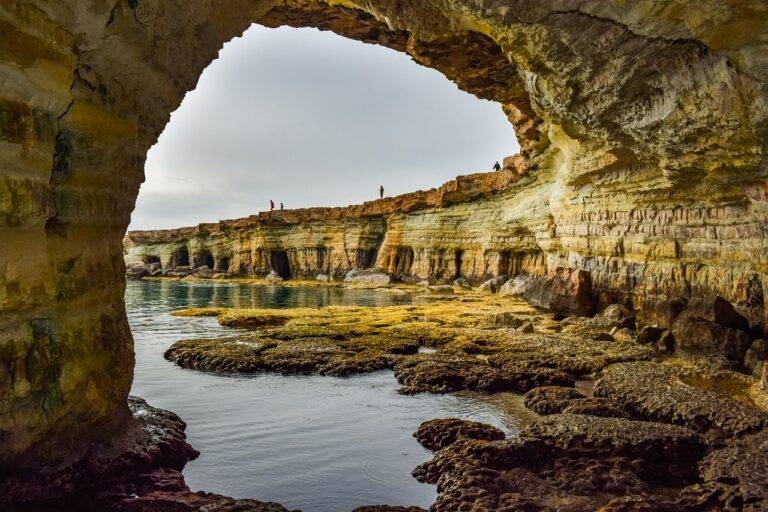The Future of Cruise Travel: Sustainable Practices and Technological Innovations
Cruise travel has become an increasingly popular choice for vacationers seeking a unique and relaxing travel experience. With a wide range of destinations, amenities, and entertainment options available on modern cruise ships, travelers can tailor their trips to suit their preferences and interests. From onboard spas and gourmet dining to exciting shore excursions and activities, there is something for everyone to enjoy on a cruise vacation.
In recent years, the cruise travel industry has seen significant growth, with more cruise lines offering innovative itineraries and state-of-the-art ships to attract travelers. With the convenience of unpacking once and exploring multiple destinations without the hassle of coordinating transportation, cruises provide a convenient and enjoyable way to travel. As cruise lines continue to expand their offerings and improve their services, the appeal of cruise travel is expected to grow even further in the coming years.
Environmental Impact of Traditional Cruise Practices
The cruise industry has come under scrutiny for its environmental impact due to traditional practices that have raised concerns among environmentalists and concerned citizens alike. One of the primary issues stems from the large amounts of waste generated by cruise ships, including sewage, graywater, and solid waste. These waste streams can have detrimental effects on marine ecosystems if not properly treated and disposed of.
Additionally, air pollution from cruise ships, particularly emissions from burning heavy fuel oil, contributes to poor air quality both at sea and in port communities. The sulfur dioxide and particulate matter emitted can have negative health effects on both passengers and those living near cruise ports. As the cruise industry continues to grow in popularity, it is imperative that measures are taken to address and mitigate these environmental impacts for a more sustainable future.
What are some common environmental impacts of traditional cruise practices?
Some common environmental impacts of traditional cruise practices include air pollution from ship emissions, water pollution from sewage and waste disposal, habitat destruction from port construction, and noise pollution affecting marine life.
How do cruise ships contribute to air pollution?
Cruise ships contribute to air pollution through the burning of heavy fuel oil, which releases harmful pollutants such as sulfur dioxide, nitrogen oxides, and particulate matter into the atmosphere.
What is the impact of sewage and waste disposal from cruise ships?
Cruise ships generate a large amount of sewage and waste, which can harm marine ecosystems if not properly treated and disposed of. Dumping of untreated sewage can lead to water pollution and threaten marine life.
How does port construction for cruise ships impact habitats?
Port construction for cruise ships can lead to habitat destruction through dredging, land reclamation, and disruption of coastal ecosystems. This can alter the natural environment and impact local wildlife.
How does noise pollution from cruise ships affect marine life?
Noise pollution from cruise ships, including engine noise and underwater sonar, can disrupt marine habitats and communication among marine species. This can have negative effects on the behavior and well-being of marine animals.





